Obviously, time seems to be passing slowly. Despite modern communication techniques, it is difficult to deprive oneself of the physical presence of relatives and friends. But it gives us time to look around and marvel at the spectacle that this early sunny spring has offered us. The vegetation is blooming, the flowers multiply in the garden and life goes on…
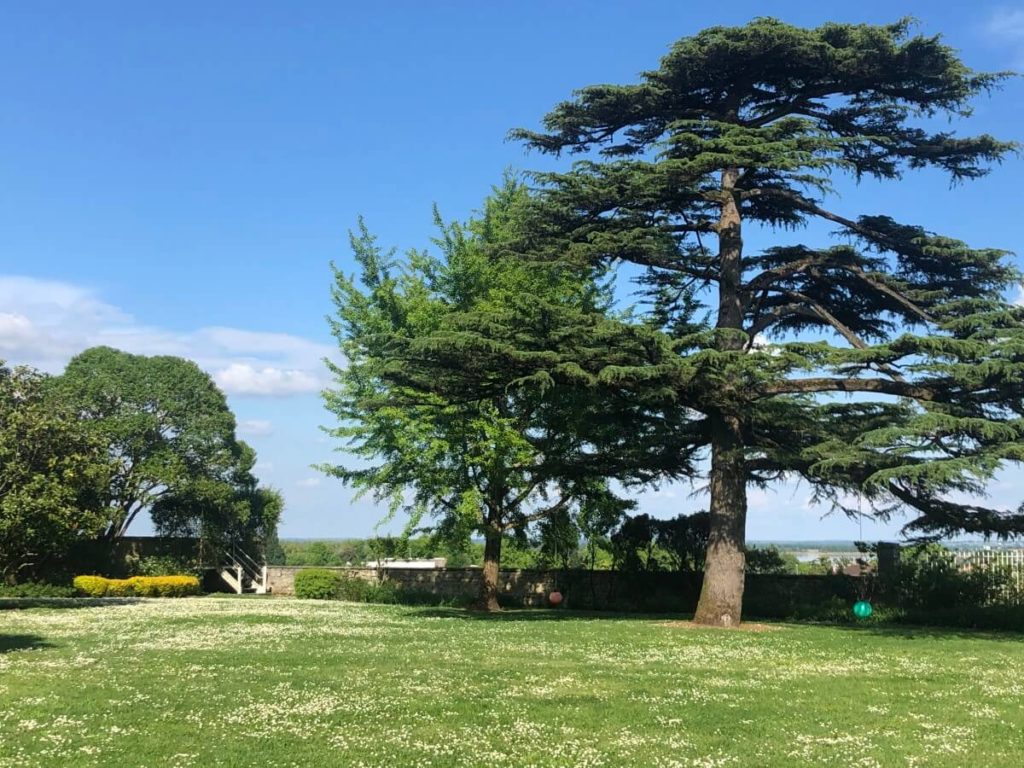
We lack nothing… We receive from Vertessec farm products and from Patrick in Saint Estèphe, vegetables and fruits. Doctors and nurses aret there when we need them. Our children and our friends have not forgotten us.
2 ) Family Doctor Mariana Balta, gives open air consultation on the village of Bages’ square.
In regards to communication, we maintain screen contact, even with the most distant regions. I had a great time with members of the Hong Kong Wine Club and their president Claudio Salgado, an esteemed figure of the hospitality industry in Southeast Asia. Hand in hand, with Jean-Charles, they hosted a beautiful live wine tasting.
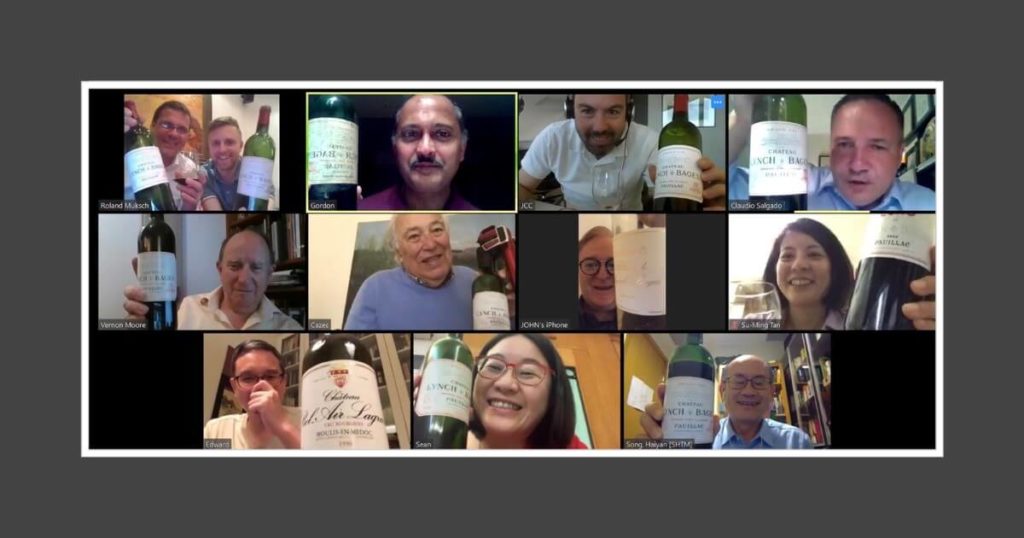
At times, large black clouds rise from the southwest and with them the threat of hail, which has hit Libourne hard a few days ago. Sometimes, we hear thunder rumble in the distance, punctuated by the dry explosions of the hail cannons of Saint-Julien, a couple of miles south of us.
As soon as a ray of sunlight breaks through, I take walks on the Bages plateau. You can literally hear the vines growing there!
It’s “the hard-knock life” for the vines…
The vine has a hard life. It is aging, like everyone else, and is subjected to multiple external attacks. It is the target of various diseases, molds, micro-organisms or aggressive insects.
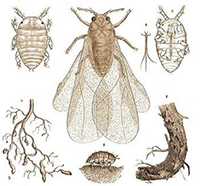
Not to mention the phylloxera, a voracious and microscopic louse always present for more than 120 years in the wine soils. Against this scourge, the grafting of our French grape varieties on resistant roots of American origin have been the only remedy for more than a century.
In terms of longevity, the grape varieties are not equal to each other. The most fragile is Cabernet Sauvignon, which has a high mortality rate. It is difficult today to extend the life of a plot of Cabernet beyond 50 years, while the Merlot may last two or three more decades.
In the first years after planting a plot, a few plants will die and disappear, which are immediately replaced. This is “complantation”. The victims are of course more and more numerous as the years go by. For as long as possible, as long as the rate of disappearance remains moderate, “complantation” makes it possible to reconcile production and quality. However, for the sake of homogeneity there comes a day when it becomes necessary to stop the “complantation” method and, a few years later, to uproot and replant.
The quality of the wine begins in the vineyard.
Vine viruses are not of the Corona type… They are none the less formidable…
In front of our home, a beautiful plot of the Bages plateau was uprooted in 2018. Before replanting it, it was necessary to rest the soil and rid it of “nematodes”, which feed on the roots and have developed there with time. These micro-organisms provide a vector for transmitting threatening viruses that endanger future plantings.
We have now abandoned chemical treatments to rid the soil of its unwanted hosts. These treatments are undoubtedly effective. They repel micro-organisms in depth and reduce their number, thus allowing rapid replanting. This saves time and therefore, in the long term, also saves production. Unfortunately, while not discriminating between the good and the bad micro-organisms, the use of these products results in a depletion of the soils, which must then be compensated for, and often leads to unwanted side effects.
For about twenty years, we have adopted a combination of waiting many years between uprooting and replanting and the beneficial effects of intermediate vegetation. The long time that this process takes discourages the parasite which ultimately does not find anything to feed on and ends up surrendering. The cocktail of carefully selected plants bring an agronomic benefit and compensates the effects of time passing. Certain species (vetch, oats, phacelia, etc.) which are “hostile” to nematodes have a repellent effect on the micro-organisms which carry the virus. Others capture nitrogen and contribute to soil enrichment by adding natural organic matter. We add flowers from the fields which, when spring comes, transform the plot into a magnificent flower carpet.
Cochylis et Eudémis are not goddesses of ancient Greece…
In the vines and in the cellars, the work continues without too much difficulty. The winemakers have observed the appearance of some well-known butterflies: Cochylis or Eudemis – these are their names – and these lepidoptera do not descend from Mount Olympus. They are vine pests, and also the most harmful. They give birth to a voracious caterpillar – the all too famous “bunch worm” – which likes to attack the flower in June and pierce the berries during the summer. When harvest time comes, this leads to the development of rottenness on the fruit, a major cause of loss of quality and volume of the harvest. We have to fight.
Today, we have given up insecticides and have been fighting this scourge with a process known as “sexual confusion”. We owe this technique with its unusual name to an inventive agronomist who imagined deceiving male butterflies in search of females by disturbing their hormonal system. The aim is to limit the production of eggs, and therefore of caterpillars. Small capsules that are diffusers of “female” pheromones are installed in the vine, suspended from the trellising wire. A method, simple in principle, which has now proven to be very effective. To cover 1 ha, it takes about 500 capsules. Sometimes we also use puffers, more elaborate aerosol devices that can cover a larger area.
release synthetic pheromones.
And it works!.. Maddened by the alluring smells coming from all sides, male butterflies are desperately looking for a soul mate… and can’t find one!
We must also think about the organization of the next harvest. Will we be out of pickers on the eve of harvesting? Will we be able to bring our faithful team of grape pickers from the Mirandela region in northern Portugal? We must think about it now and imagine fallback solutions.
2) Bernard Tranchecoste and the team at Domaine des Sénéchaux in Châteauneuf-du-Pape.
At the winery, we have finished bottling our second wines of the 2018 vintage. The main bottling will take place in a few weeks.
2) Bottling of “Echo de Lynch-Bages” 2018
Jacques Veyrine, maintenance manager, installed a 3D printer on his desk which turns out, non-stop, light and efficient “homemade” protections.
On our construction site, activity has resumed.
2020 will be the first vintage to be made in the new Lynch-Bages’s cellars.
2) The Lynch-Bages historic vat house is having a makeover.
Activity has resumed in slow motion on the construction site. The workers are equipped with masks and the companies have implemented special precautions. The “living area and base” is closed. No one is sleeping on site and the premises are regularly and thoroughly cleaned.
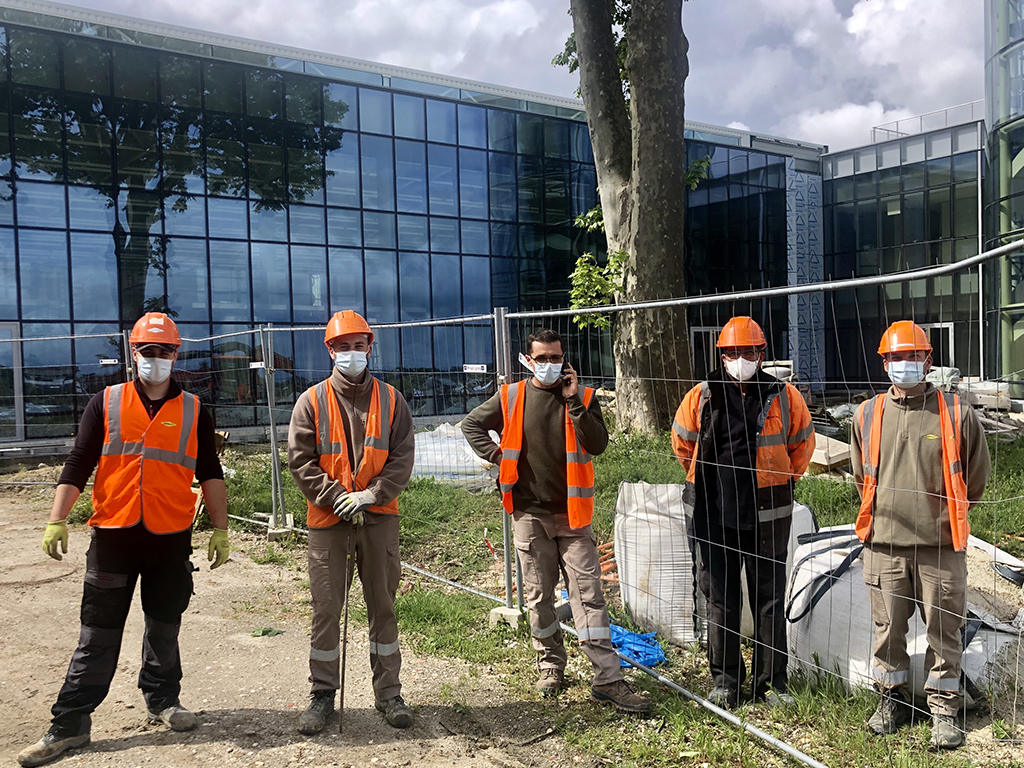
In Bordeaux, the debate is in full swing…
The Union des Grands Crus and Bordeaux-Négoce, the association of merchants have published a joint press release annoucing for the end of May-beginning of June, a de-localized presentation of the 2019 vintage in ten countries, for the benefit of the Press and local distributors. The presentation could be followed by a sales campaign for the new vintage. It might be the first time that I can witness a transaction carried out hand in hand, in the general interest, by representatives of Negoce (commerce) and Chateaux (producers), and supported by most Courtiers (brokers) who ensure the articulation of the Bordeaux commercial organization. This day is to be marked with a white stone.
President of the ‘Union des Grands Crus de Bordeaux’
2) Georges Haushalter (Compagnie Médocaine des Grands Crus),
President of ‘Bordeaux-Négoce’
At the same time, a certain number of English merchants (not all) sent a collective open letter to the Bordeaux Trade to express their reservations. Several major buyers were not associated with it. The signatories request that the early campaign be postponed to at least September, and preferably next year. If they don’t succeed, they will have at least put pressure on release prices for this excellent vintage. Which is perhaps the real purpose of their letter. We have seen it in the past.
We will talk again soon…
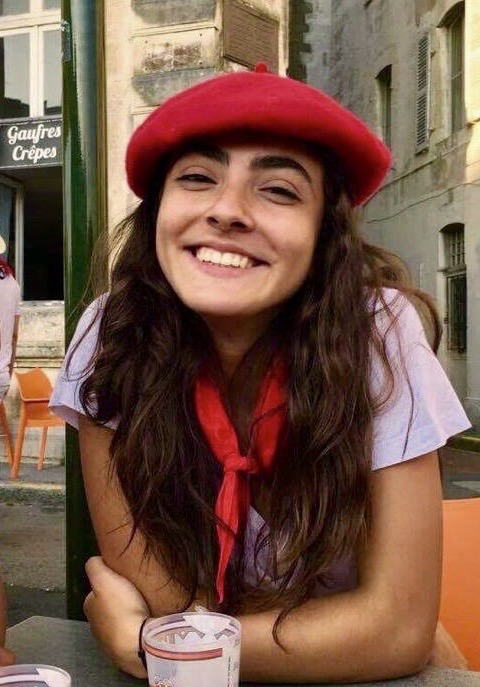
With a thousand thanks to Afsaneh, grand daughter #2 from Mamaroneck, New-York, for helping with the translation into English.
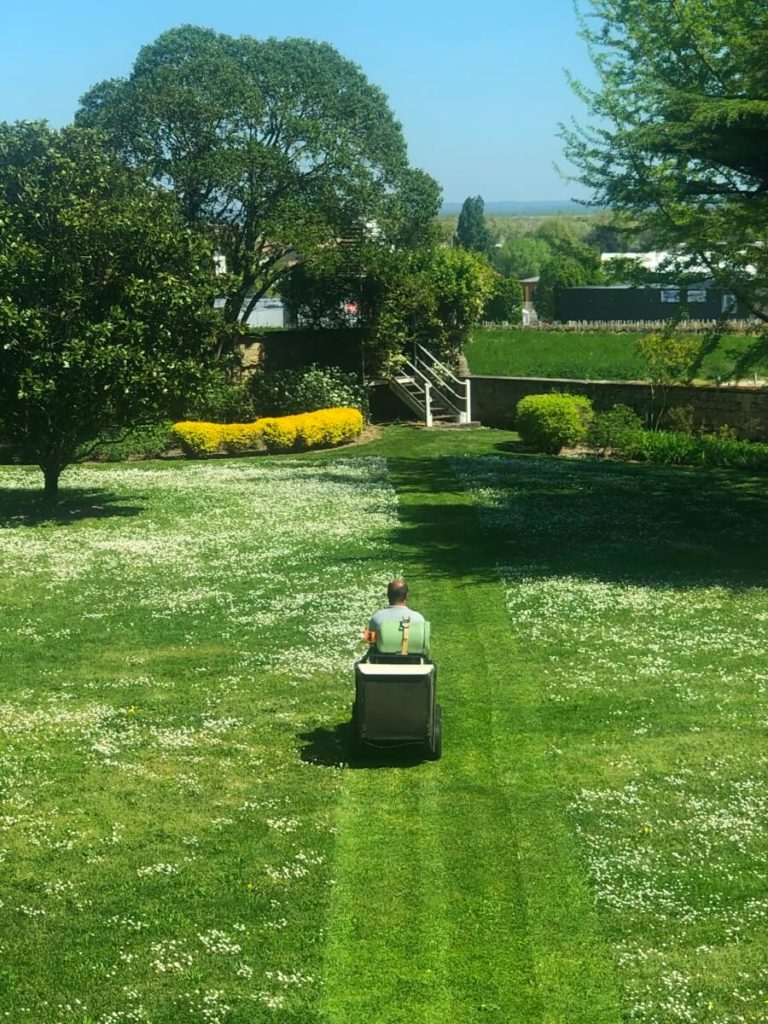

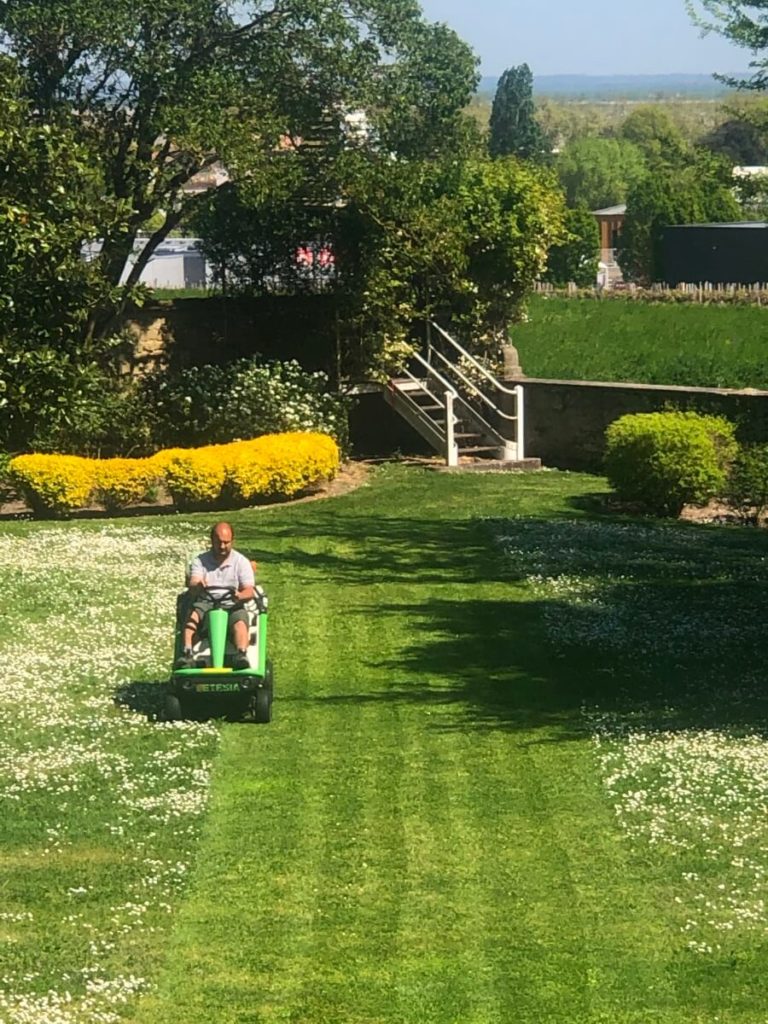



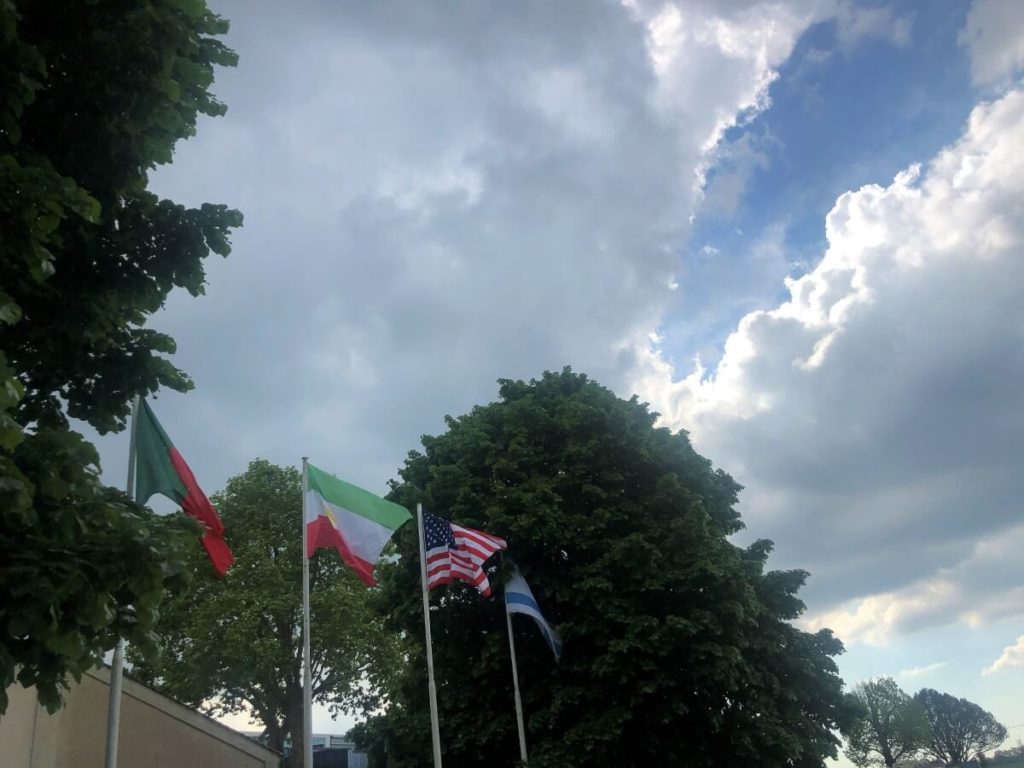
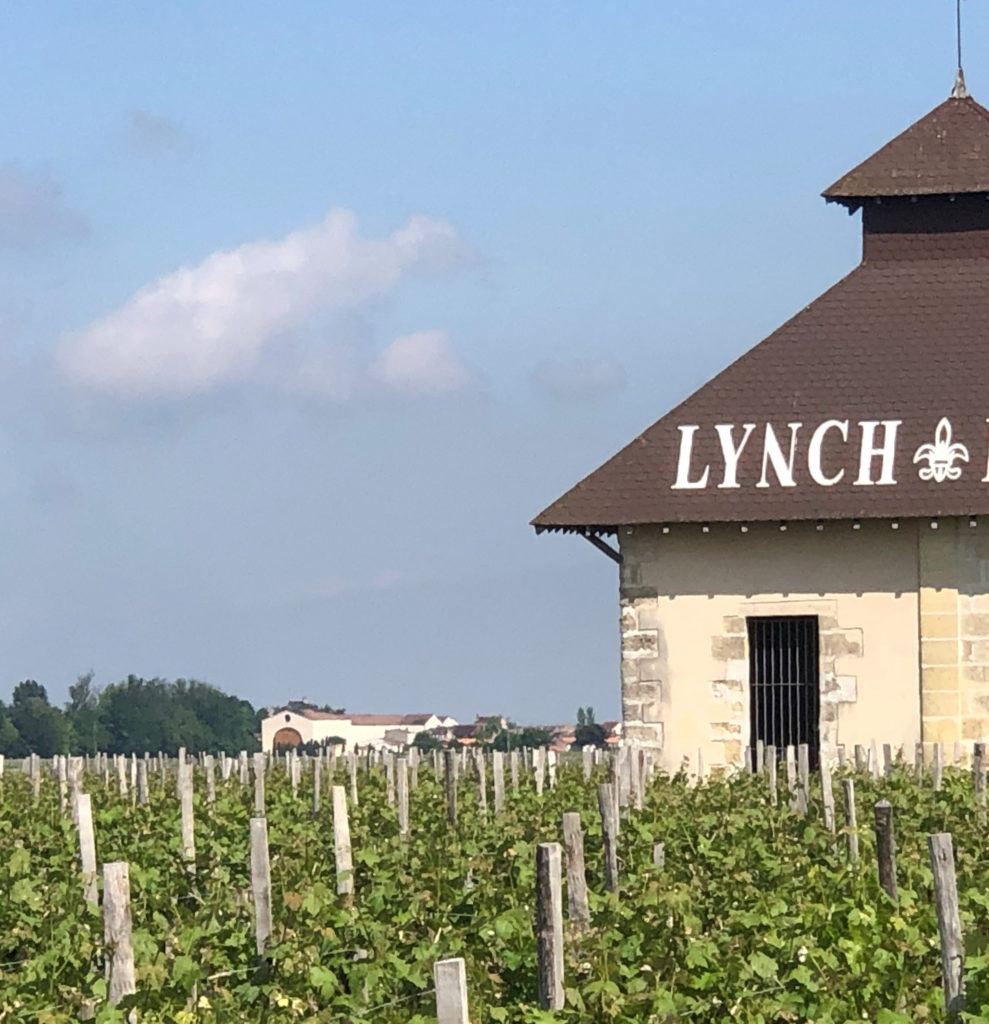

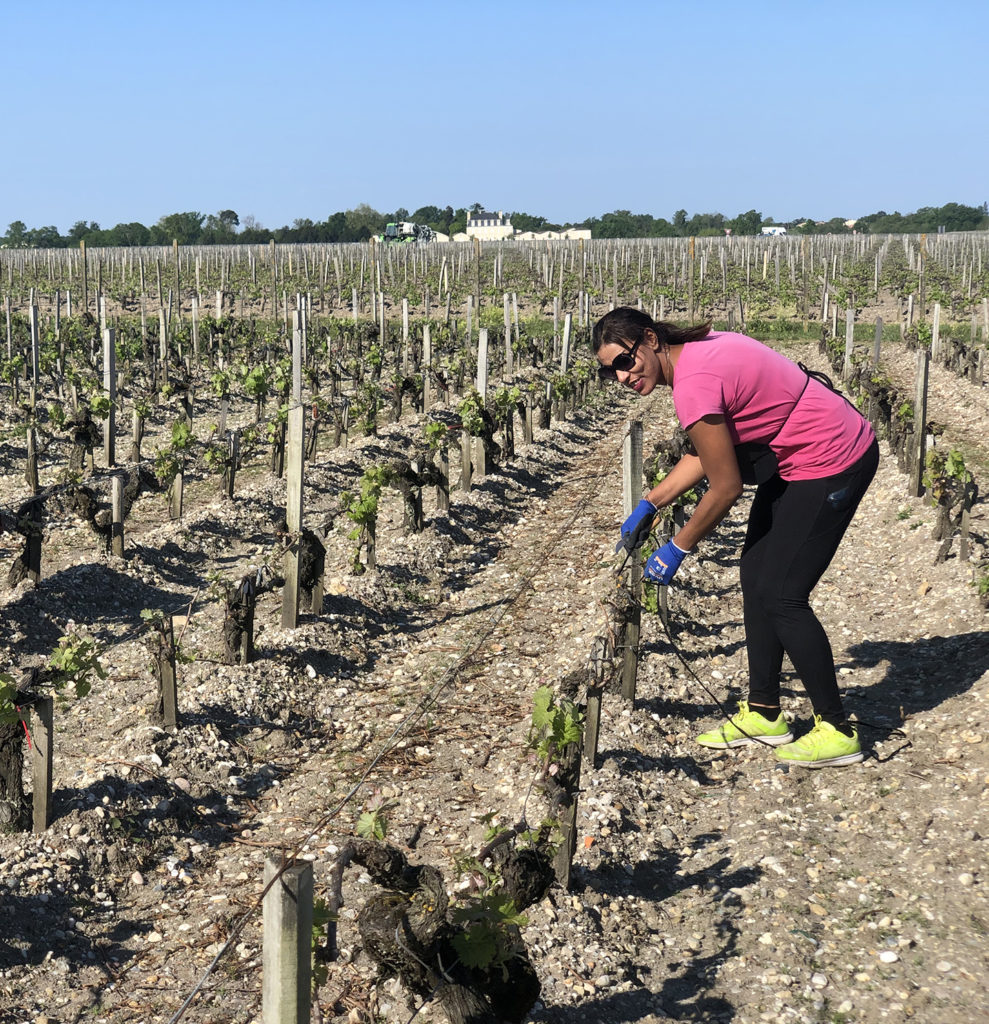

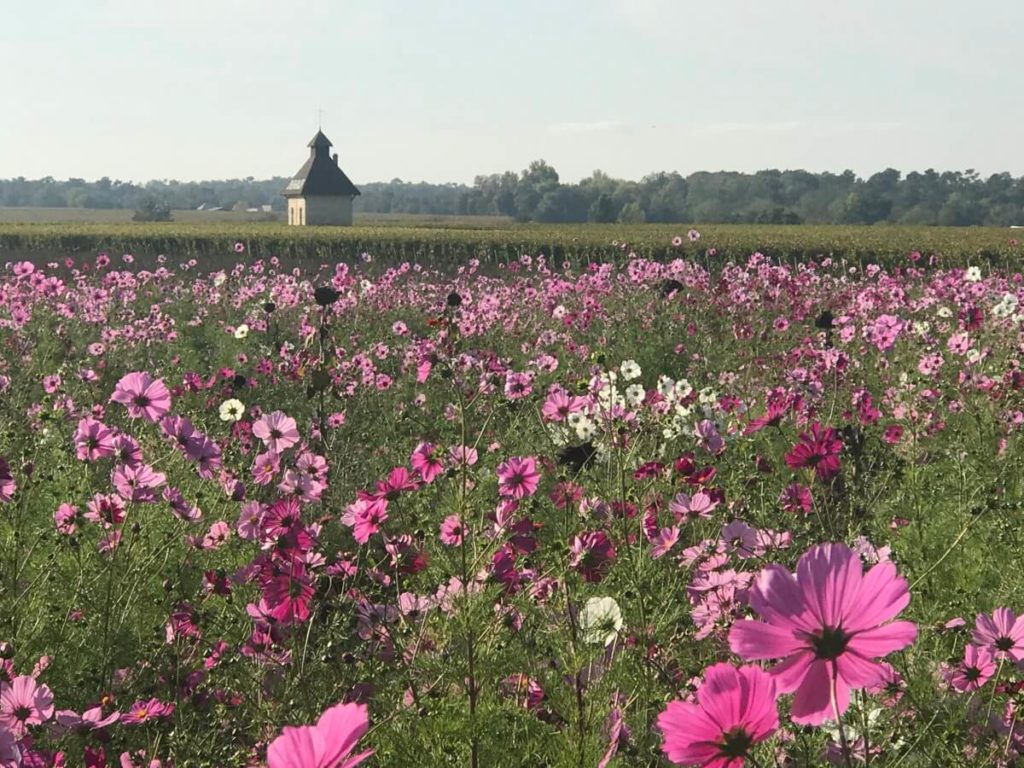
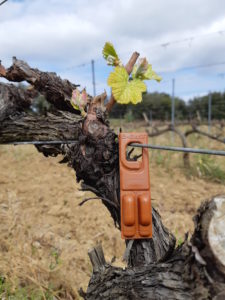
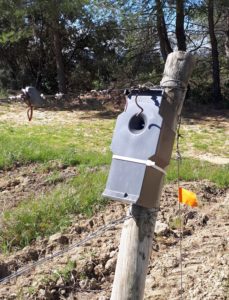

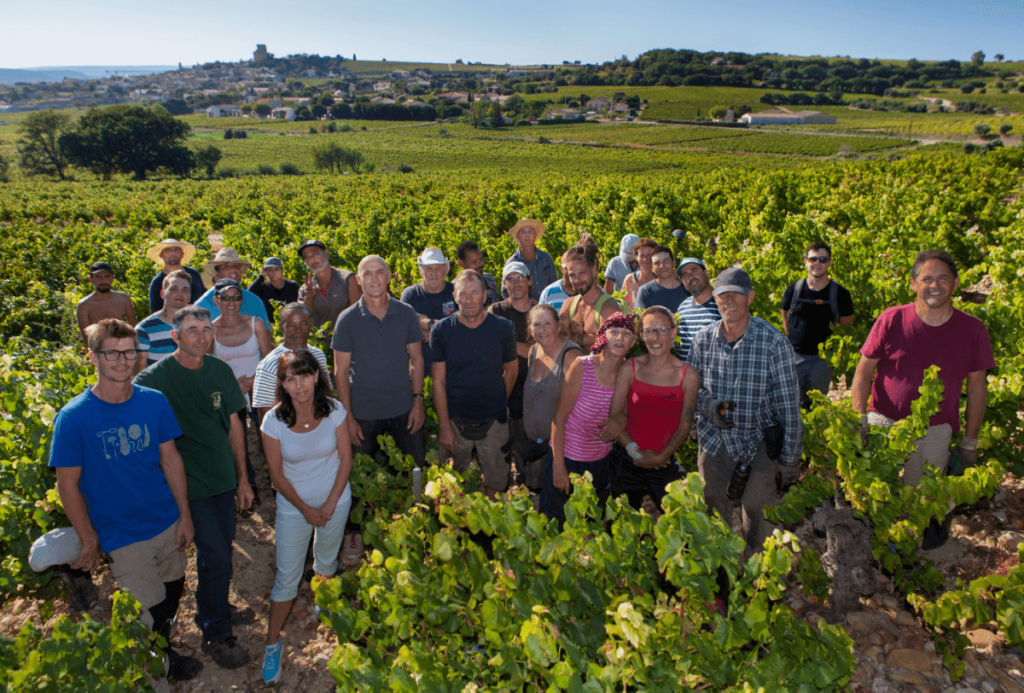
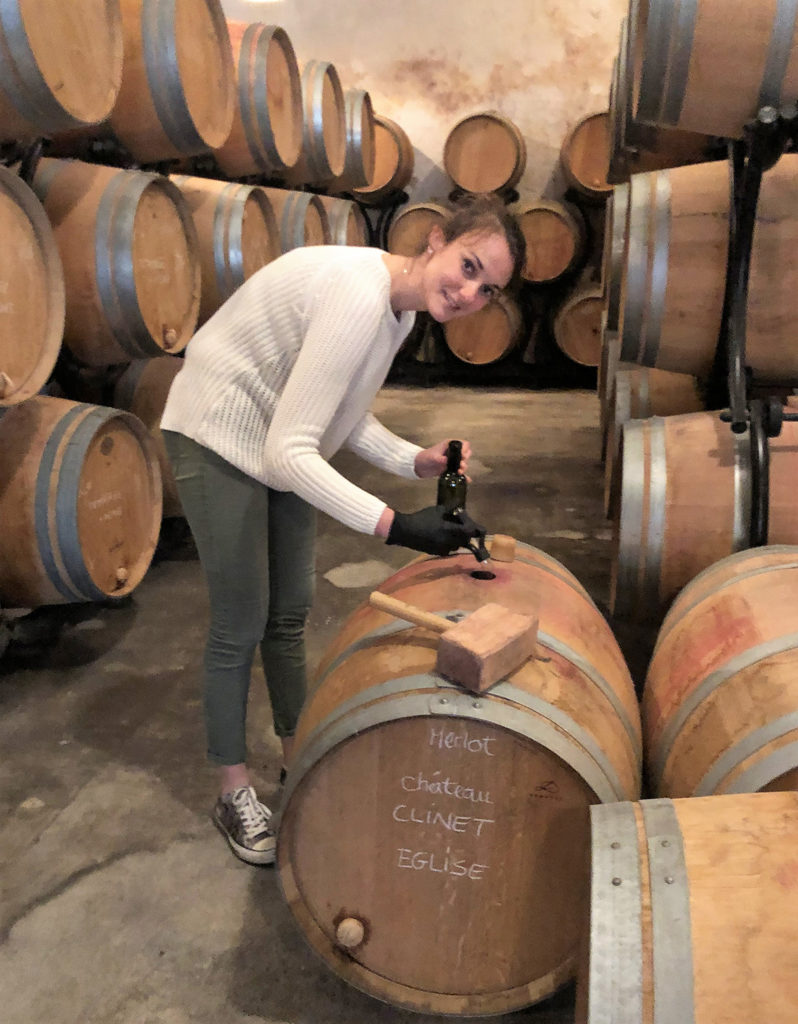
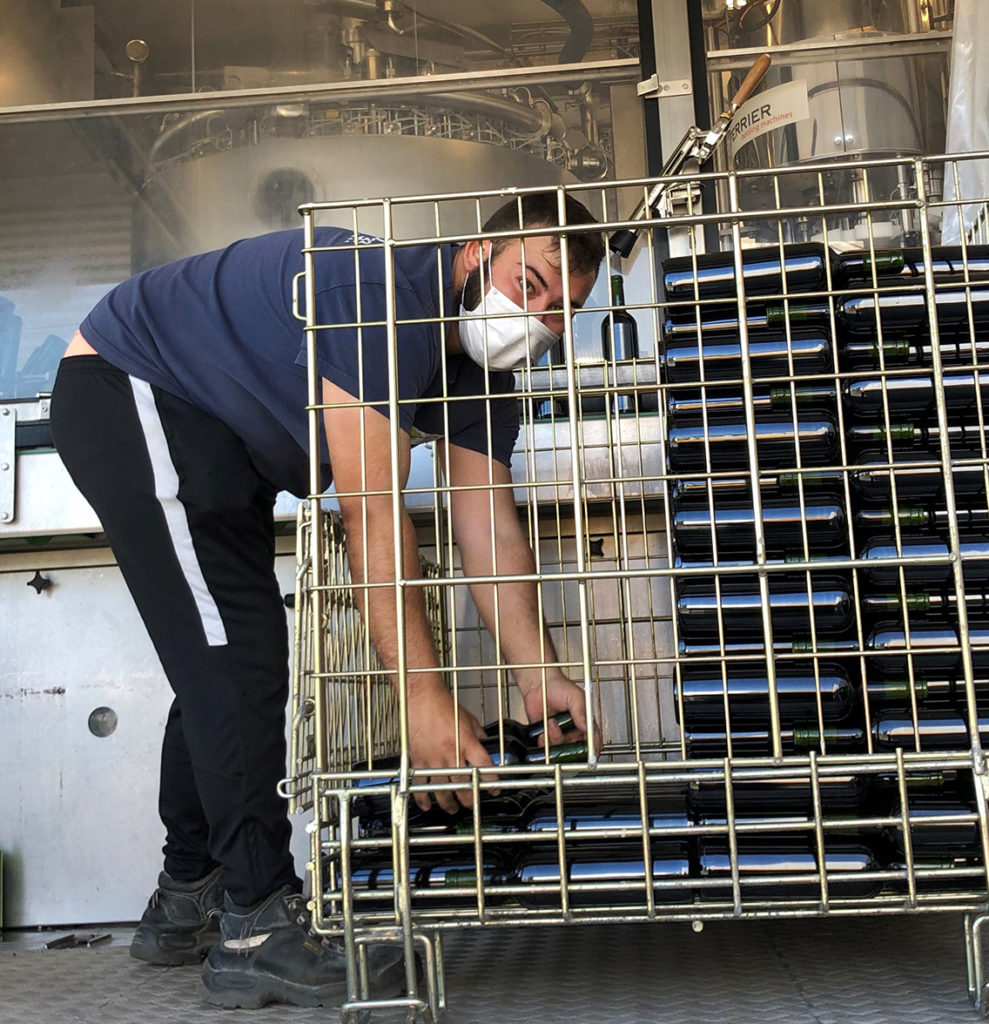
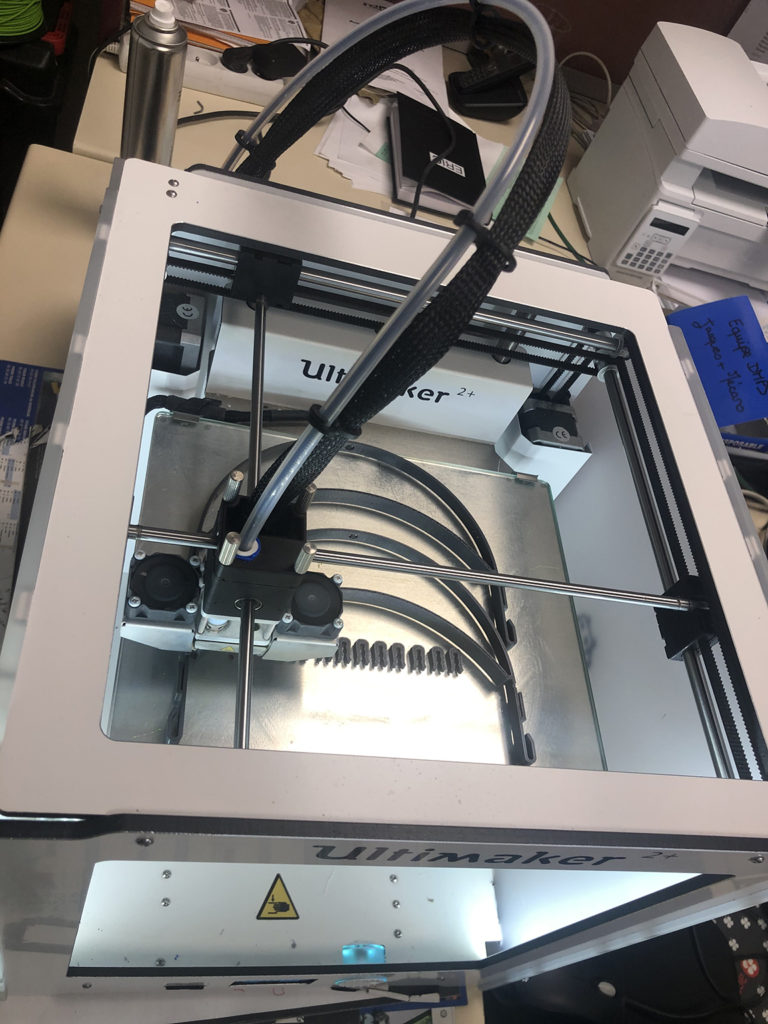
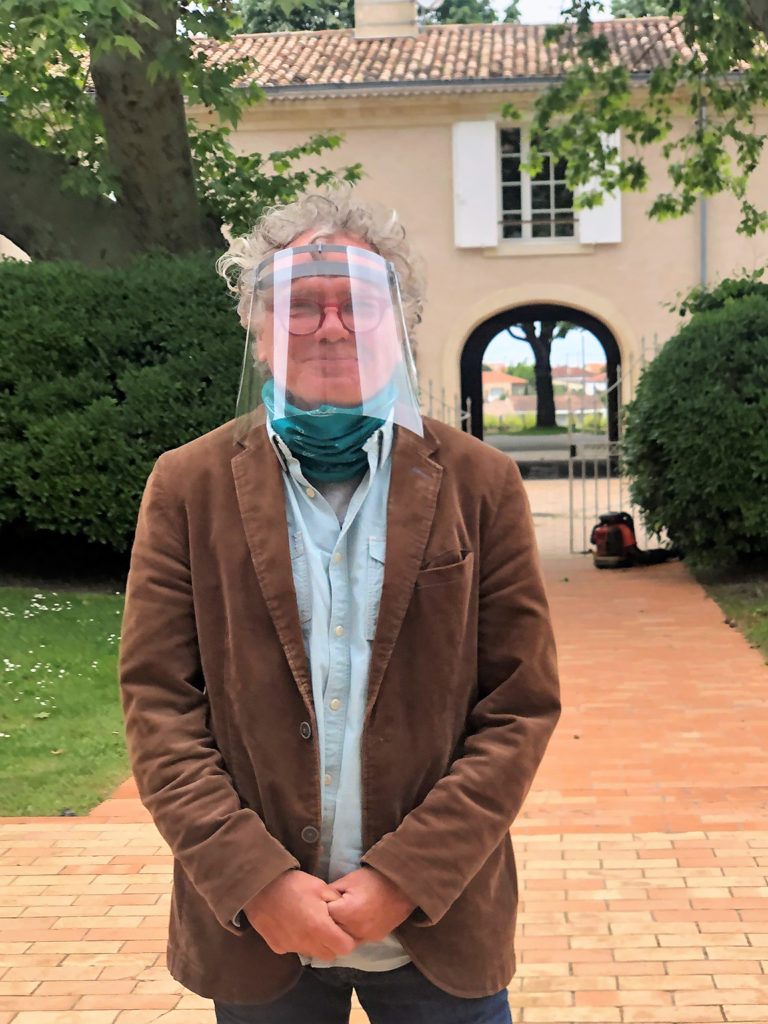
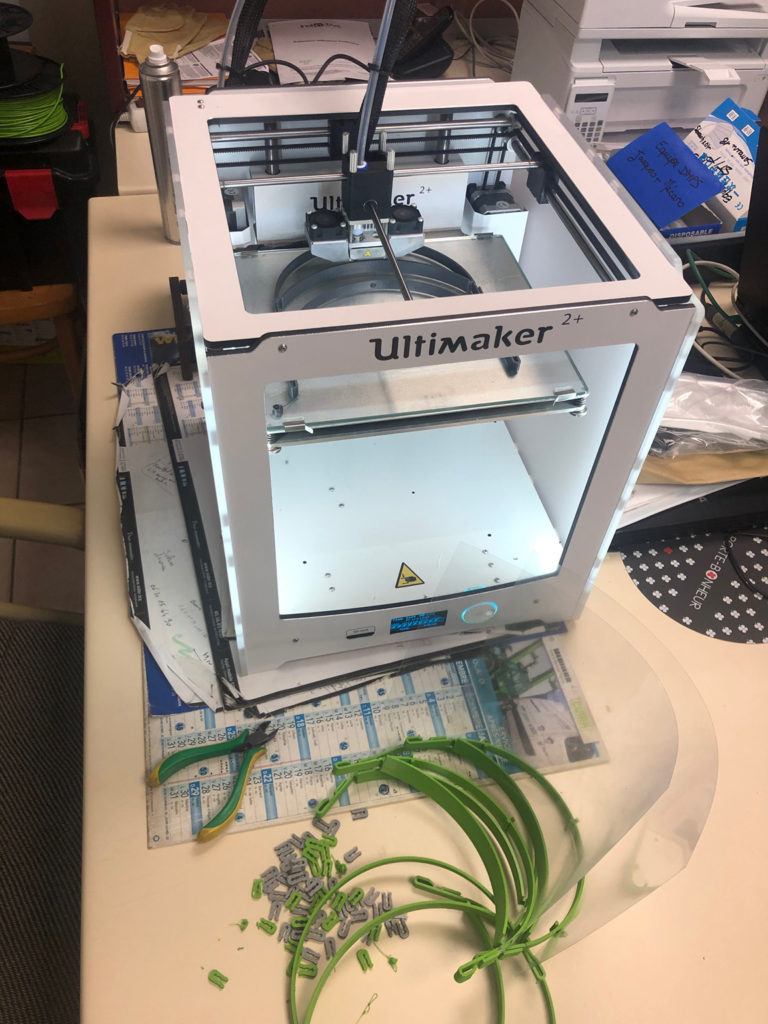
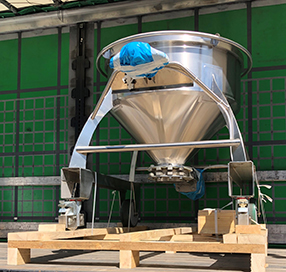
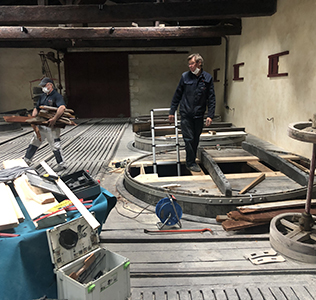

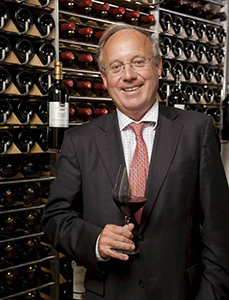


What a beauty my Krapi!!
Thank you again for a most educational and enjoyable blog ‘report’. The fact that it has been produced under such unusual conditions, means this will probably be ( and hopefully ) the only year that we will receive such a unique news product. Thank you once more, Jean-Michel.
( With the assistance of Afsaneh )
It is always a pleasure to hear from you Jean-Michel so please do continue. I wish that this virus does not come back ( at least as strong) and that a vaccine ends our future possible infections.
May we all learn from this experience and value what is most important in life- our family and our simple enjoyment of our surroundings.
Stay well,
Ian